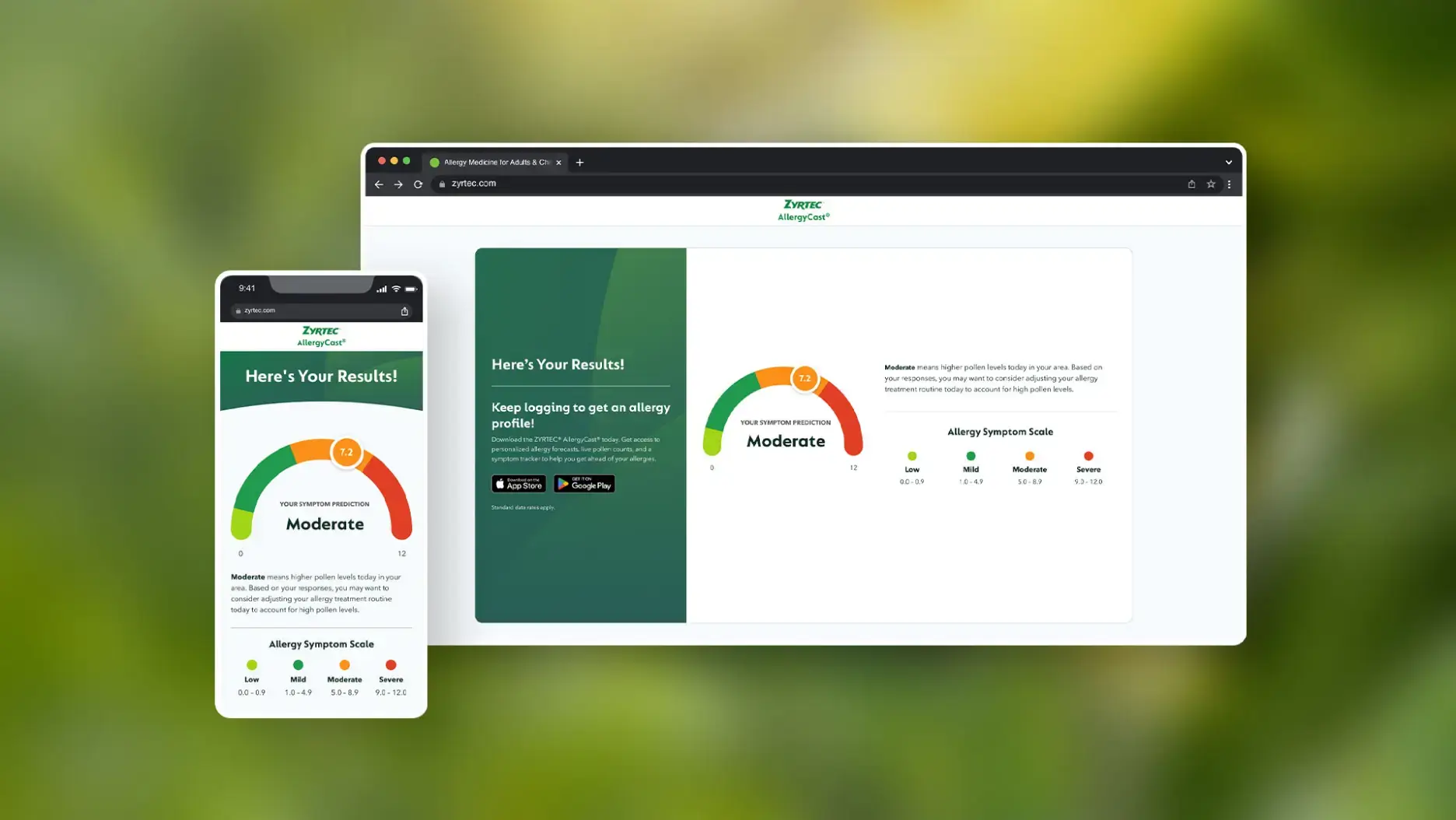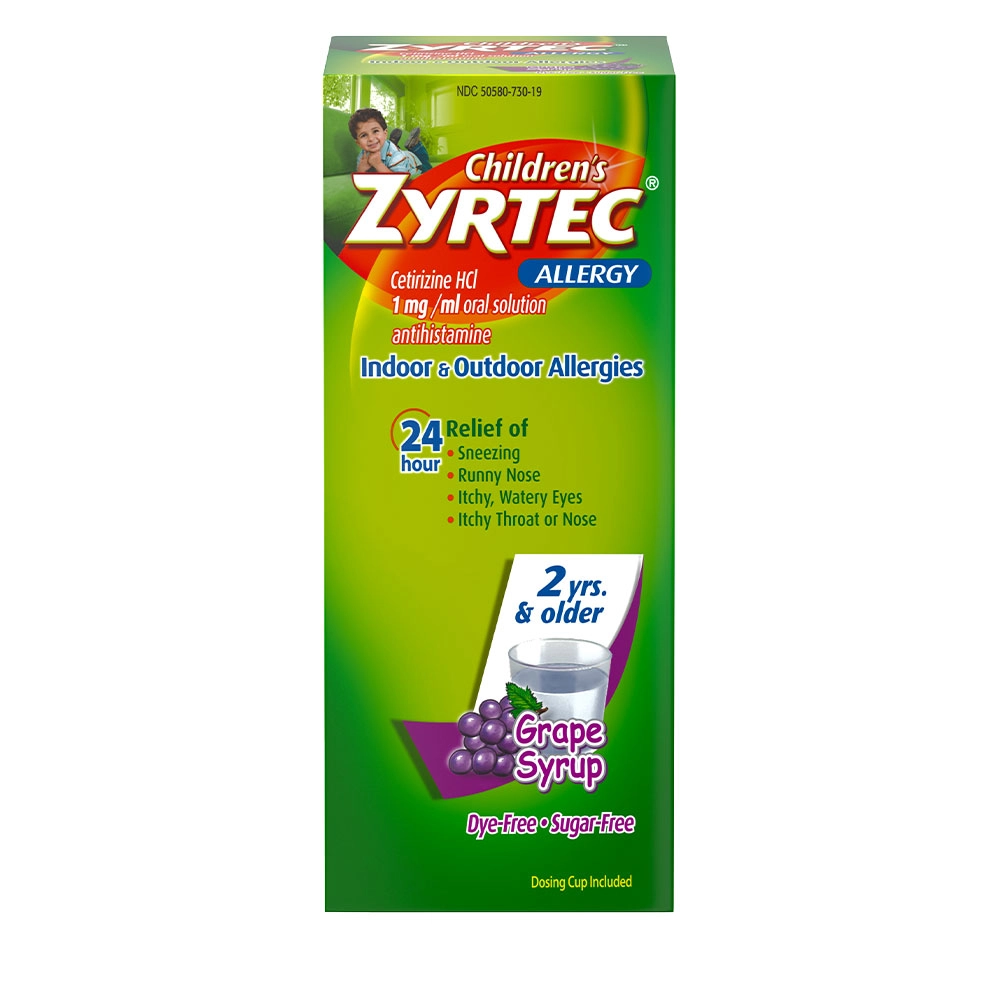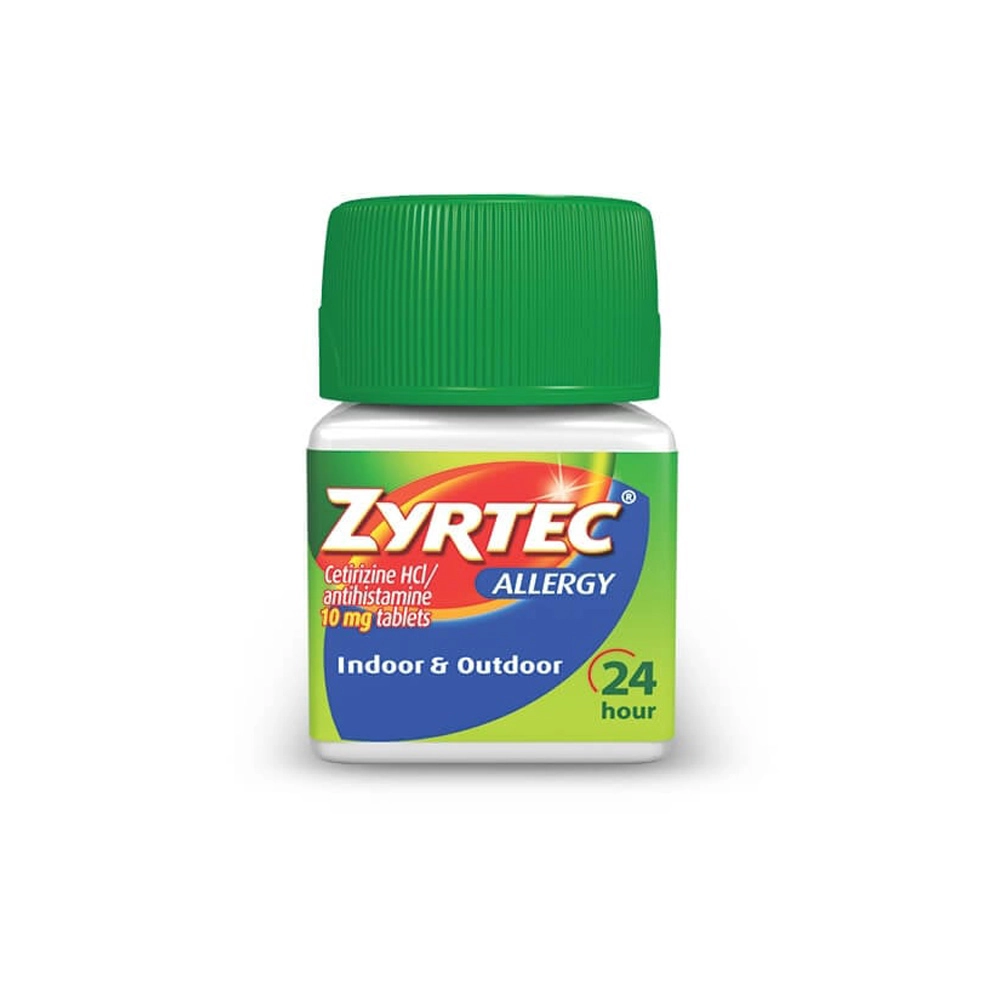
Our Products
ALL PRODUCTSFeatured Products
Allergy Guide
ALL ALLERGY ARTICLES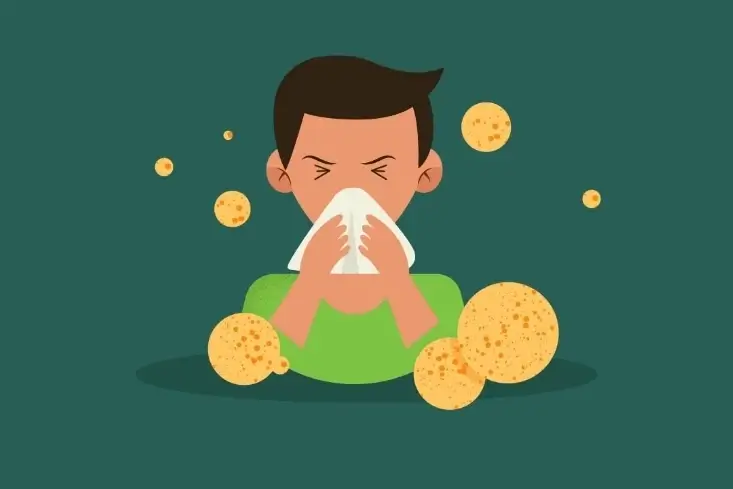
Understanding Allergies
LEARN MORE
Kids’ Allergies
LEARN MORE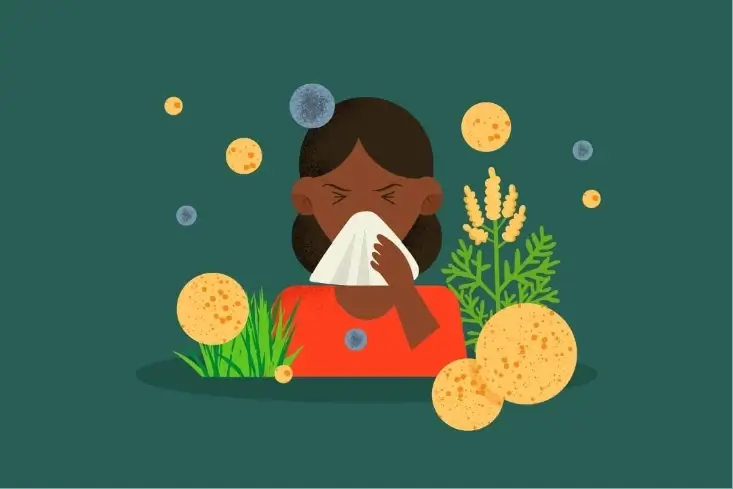
Outdoor Allergies
LEARN MORE
Indoor Allergies
LEARN MORE
Living With Allergies
LEARN MOREUnsure what’s right for you?
Discuss your Allergy
questions with a doctor now.
Visit StartSelfcareNow.com

You are leaving Zyrtec.com
ZYRTEC® DOES NOT REQUIRE A PRESCRIPTION FOR PURCHASE. THERE IS NO OBLIGATION TO VISIT AMWELL® OR ANOTHER HEALTHCARE PROVIDER TO PURCHASE ZYRTEC® AND THERE IS NO OBLIGATION TO VISIT A CLINICIAN PRACTICING ON AMWELL OR ANOTHER HEALTHCARE PROVIDER.
You’re leaving Zyrtec.com and will be taken to Start Self CareNow powered by AMWELL, an independent telemedicine provider. Johnson & Johnson Consumer Inc. (JJCI) does not endorse Amwell and assumes no responsibility for your interactions with Amwell. JJCI’s Privacy Policy will no longer apply, please review Amwell’s Privacy Policy.
If you agree to the above, click “Acknowledge and Continue to “StartSelfCareNow.com” below to proceed to Amwell. If you do not agree, click Cancel to remain on Zyrtec.com.
You are leaving Zyrtec.com
One moment, please.
You are being redirected to StartSelfcareNow.com.
Click here if the page does not automatically load.


